Once isolated, organoids are cultured in specialized media embedded in a rich extracellular matrix (ECM) basement membrane extract hydrogel such as Growth Factor Reduced Matrigel. Media is replenished every other day and cells are passaged once per week (7-12 days) before cells become too large or necrotic. Cells can be passaged in either small clump fragments or as single cells using mechanical dissociation/enzyme-free passaging reagents. Depending on organoid type and confluency, split ratios of roughly 1:3-1:4 can be used when passaging organoids. For sensitive organoid types, ROCKi (Y27632) (SCM075) can be added during passaging to help in promoting cell viability.
SCM307
3dGRO® Lung Organoid Branching Medium
Serum-free ready-to-use media used to differentiate anterior foregut endoderm (AFE) cells into lung bud organoids in suspension cultures.
Select a Size
₹31,430.00
Estimated to ship on21 April 2025Details
Select a Size
About This Item
₹31,430.00
Estimated to ship on21 April 2025Details
Recommended Products
General description
The 3dGRO® Lung Organoid Branching Medium is a chemically defined/serum-free ready-to-use media used to differentiate Sox2+/Pax6+ anterior foregut endoderm (AFE) cells into lung bud organoids in suspension cultures. Additionally, the 3dGRO® Lung Organoid Branching Medium can be used to culture AFE cells on fibronectin coated cultureware. The 3dGRO® Lung Organoid Branching Medium is a component of the 3dGRO® Human Lung Organoid Culture System which can be used to differentiate human iPS cells into mature lung organoids that structurally resemble the in vivo branching airway and early alveolar structures. The 3dGRO® Human Lung Organoid Culture System includes (all sold separately):
- Definitive Endoderm Induction Medium (SCM302)
- Anterior Foregut Endoderm Induction Medium I (SCM305)
- Anterior Foregut Endoderm Induction Medium II (SCM306)
- 3dGRO® Lung Organoid Branching Medium (SCM307)
- 3dGRO® Lung Organoid Maturation Medium (SCM308)
Human iPSC Derived AFE Progenitors (SCC301)
Storage and Stability
Legal Information
Disclaimer
Storage Class Code
10 - Combustible liquids
WGK
WGK 2
Certificates of Analysis (COA)
Search for Certificates of Analysis (COA) by entering the products Lot/Batch Number. Lot and Batch Numbers can be found on a product’s label following the words ‘Lot’ or ‘Batch’.
Already Own This Product?
Find documentation for the products that you have recently purchased in the Document Library.
Articles
Lung organoids are valuable 3D models for human lung development and respiratory diseases. The 3dGRO™ differentiation protocol generates organoids from human iPSCs in 4 steps.
Organoid culture FAQs. Learn how to culture and analyze organoids following established 3D cell culture protocols. Tips and tricks.
Related Content
Explore our portfolio of 3D cell culture tools and technologies for any 3D cell line or application and discover organoids, hydrogels, ULA, microwell, or hydrogel plates, and more.
-
How are organoids cultured?
1 answer-
Helpful?
-
-
How do you stain organoids with antibodies?
1 answer-
Organoids can be stained with antibodies for immunocytochemical (ICC)/Immunohistochemical (IHC) analysis using either whole-mount or paraffin embedding/sectioning techniques. It is critical to use antibodies prequalified for organoid analysis.
Helpful?
-
-
How Do you Extract RNA/DNA from Organoids in Cultured in Matrigel?
1 answer-
Traditional DNA/RNA isolation kits can be used to prepare genomic material for sequencing (RNA-seq, scRNA-seq, WGS, CHIP-seq etc). For some applications with large organoids, tissue specific DNA/RNA extraction kits are recommended. TRI Reagent (T9424) can be added to the dissociated organoids before RNA extraction and can be stored at -80 °C until future use.
Helpful?
-
Active Filters
Our team of scientists has experience in all areas of research including Life Science, Material Science, Chemical Synthesis, Chromatography, Analytical and many others.
Contact Technical Service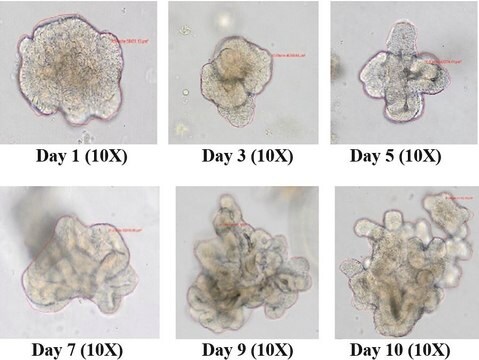
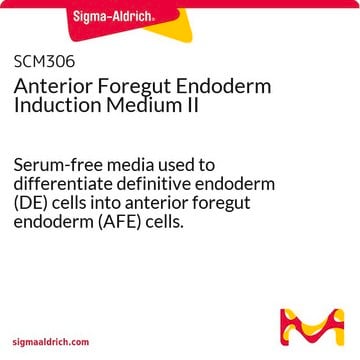
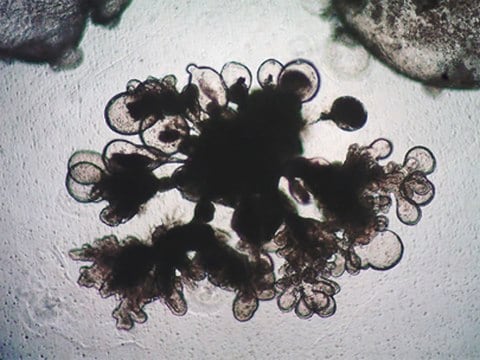

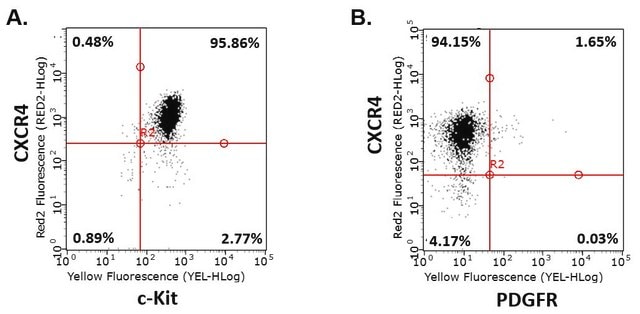
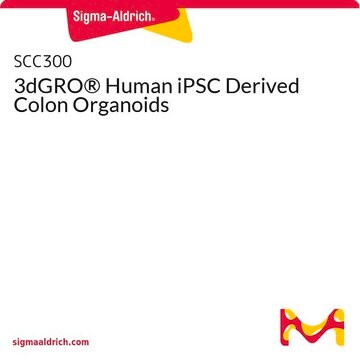

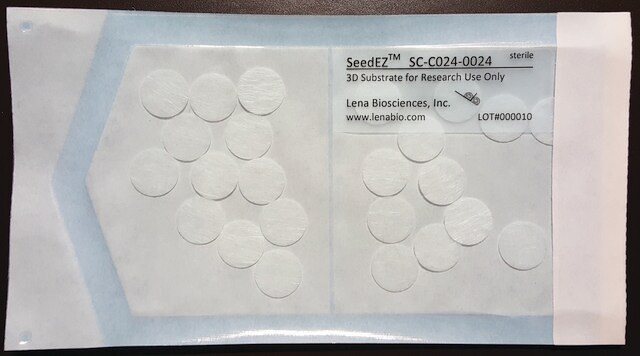

![2-ALLYL-6-{[(2-HYDROXYPHENYL)IMINO]METHYL}PHENOL AldrichCPR](/deepweb/assets/sigmaaldrich/product/structures/281/689/39c9e21d-abf2-4cb4-b274-4cf25679fc70/640/39c9e21d-abf2-4cb4-b274-4cf25679fc70.png)